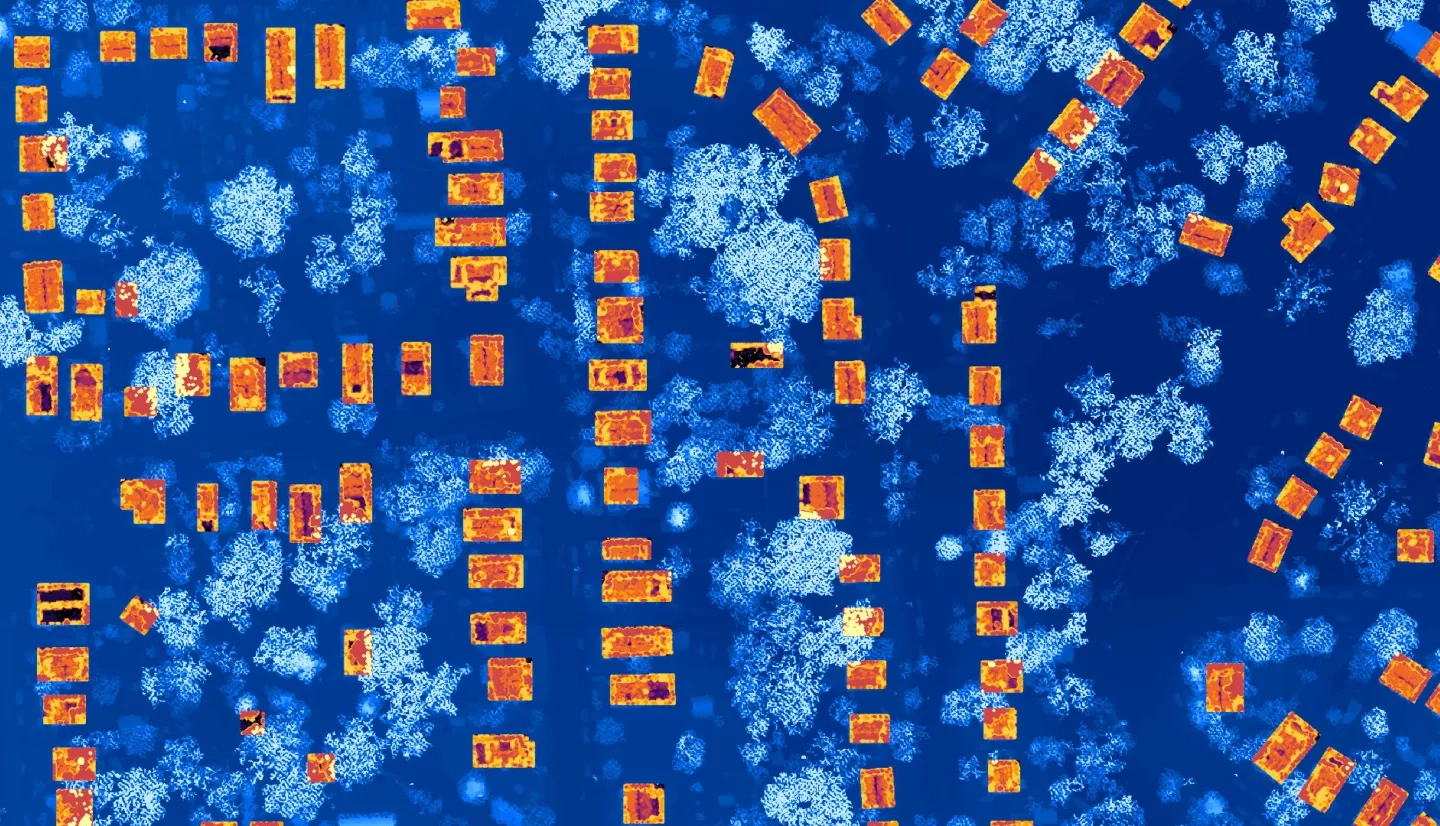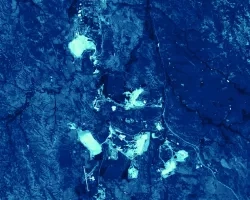Washington DC & Maryland Energy (Fall 2021)
Team: Edward Cronin (Project Lead), Ashley Fernando, Jarret James, and Rupa Kurinchi-Vendhan
Summary: In line with the Sustainable D.C. 2.0 plan to combat climate change, Washington D.C. aims to decrease its greenhouse gas emissions by 100% by 2050. As solar energy is a clean, renewable energy form, its integration into the region’s power grids lowers energy costs and incentivizes sustainable development. We partnered with the Washington D.C. Department of Energy & Environment (DOEE) to determine how urban areas surrounding D.C. can better be incorporated into decisions regarding renewable energy policy. The team used NASA’s Prediction of Worldwide Energy Resources (POWER) solar data and a Light Detection and Ranging (LiDAR) derived digital surface model, to estimate and visualize rooftop solar potential for Maryland’s Prince George’s and Montgomery counties. POWER provided solar irradiance data adjusted for tilt angle while the digital surface model contributed aspect and slope data. This methodology factored out areas that were unsuitable for solar panel installation while displaying areas that possess a high potential for energy return. The team found the total rooftop solar potential for the study area to be almost 32 million kW, which is equivalent to roughly 660 kW per building. The methodology used to generate the solar potential maps can be applied to other regions of the country seeking to efficiently utilize solar energy. The end users at the DOEE can use our resulting solar potential map and data table to effectively target buildings that have the highest potential to generate solar energy.



